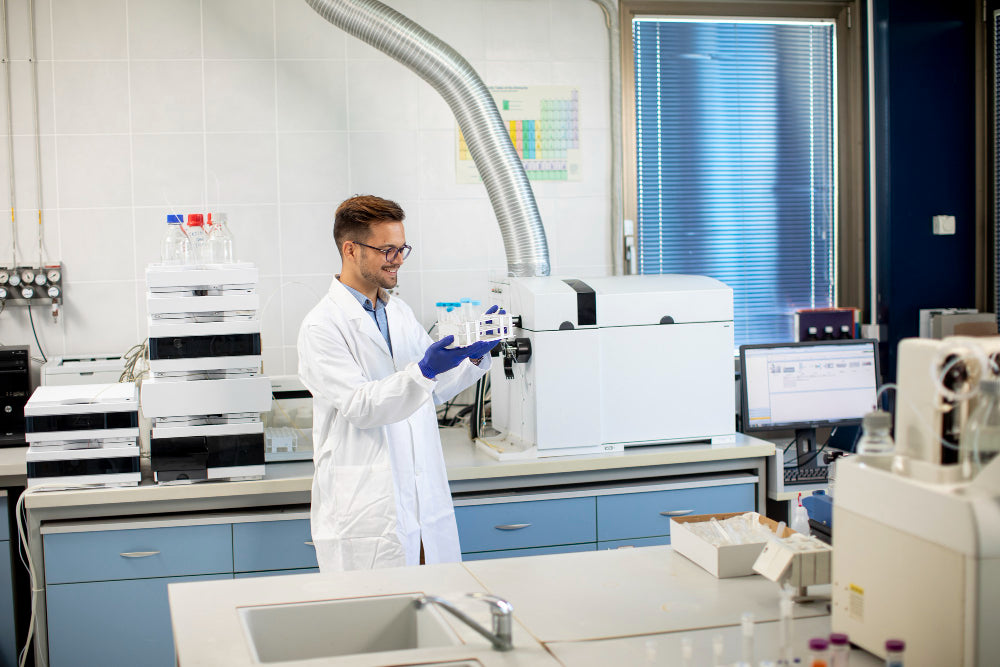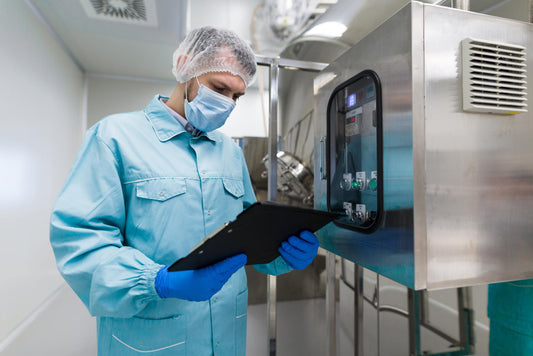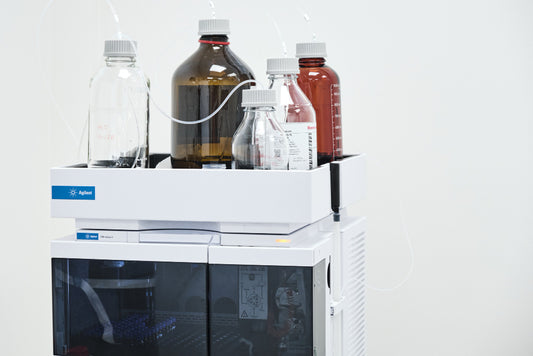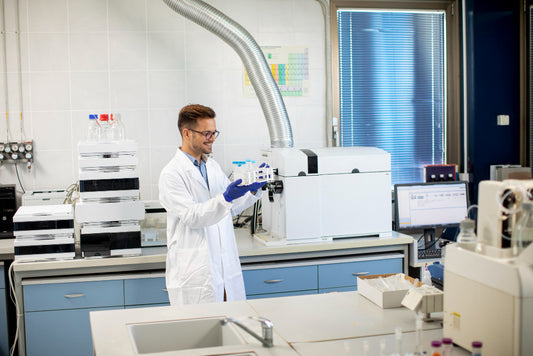Below is a Case Study directly from one of our clients
It was a bright Tuesday morning when our Liquid Chromatography and Mass Spectrometry (LC-MS) system unexpectedly broke down. As a leading company in the biotechnology sector, our work was significantly disrupted, forcing us to face an inconvenient truth: we had neglected the regular maintenance of our LC-MS equipment. This wake-up call led us to adopt a strict maintenance schedule, a decision that not only improved our system's performance but also saved us considerable time and money.
The Catastrophic Breakdown
The sudden breakdown of our LC-MS system resulted in a major repair bill totalling $20,000, not to mention the weeks of downtime during the busiest quarter. It was during this forced hiatus that we calculated the potential lost revenue, which shockingly exceeded the repair costs. This incident compelled us to reevaluate our approach to equipment maintenance.
Implementing a Regular Maintenance Schedule
Recognizing the need for change, we implemented a strict regular maintenance schedule based on manufacturer guidelines and industry best practices. Our plan included routine cleaning, calibration, system checks, and timely replacement of wear parts. We also invested in training our staff, ensuring they had the requisite skills to handle both routine maintenance and minor troubleshooting.
The Impact on Performance and Costs
The transformation was remarkable. Our LC-MS system’s uptime improved significantly, enhancing our operational efficiency. The system's performance, in terms of resolution and sensitivity, also noticeably improved. This led to more accurate results, enhancing the quality of our research output.
Furthermore, the financial benefits were clear. Yes, we spent between $3,000 and $5,000 annually on preventive maintenance, but when compared to the cost of a major repair ($20,000), it was a net saving. The increased uptime also meant we were able to complete our projects in a timely manner, eliminating the indirect costs related to project delays.
Key Lessons
This experience taught us the true value of regular LC-MS maintenance. It is an investment, not an expense, that brings tangible returns in terms of improved performance, reduced downtime, and financial savings. We understood that while major repairs might seem to be an infrequent expenditure, they usually cost more than preventive maintenance in the long run, considering both the direct and indirect costs.
Conclusion
Our journey from a catastrophic breakdown to improved LC-MS performance through regular maintenance has been enlightening. We hope our experience encourages other businesses using LC-MS systems to prioritize regular maintenance. Remember, "An ounce of prevention is worth a pound of cure," as aptly stated by Benjamin Franklin. Implementing a regular maintenance plan for your LC-MS systems not only safeguards your equipment but also optimizes your operations, paving the way for success.




